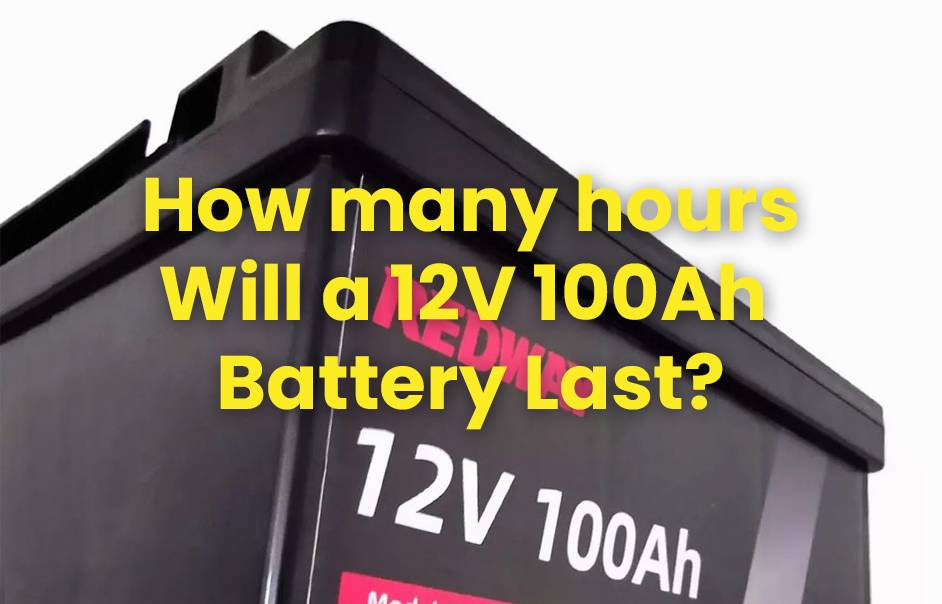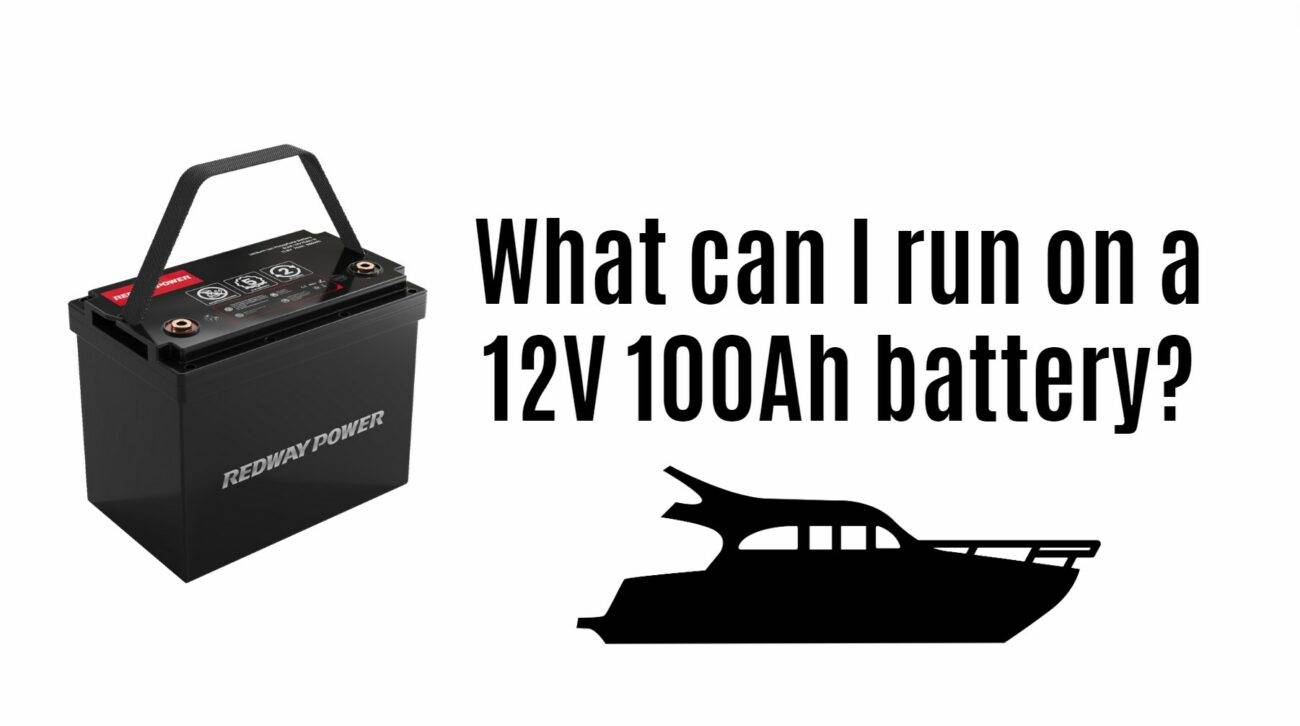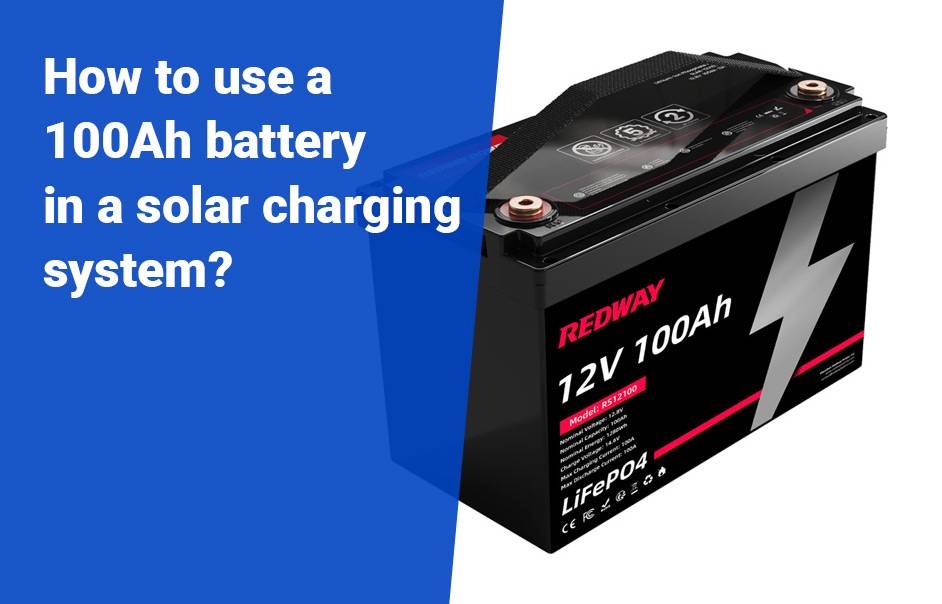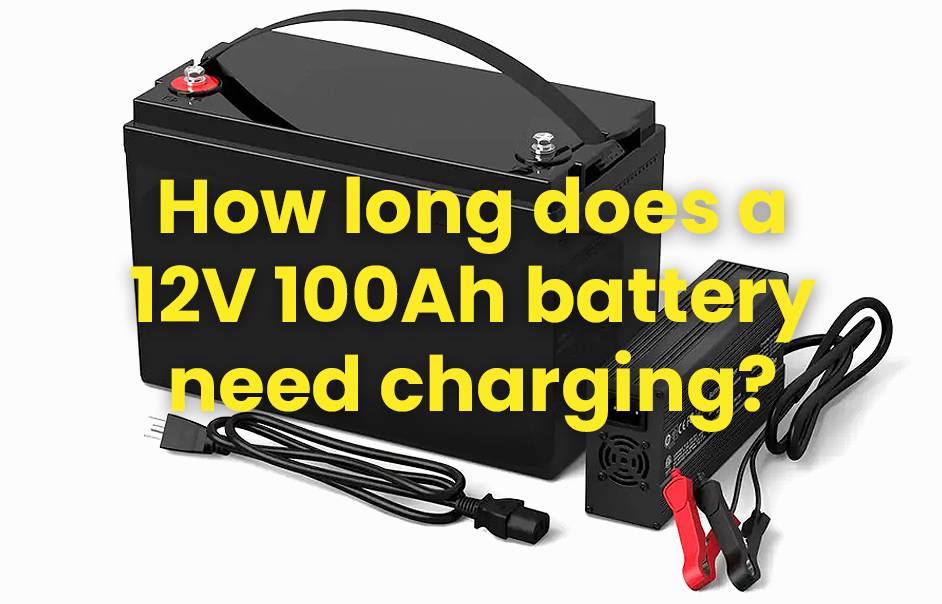- Forklift Lithium Battery
-
48V
- 48V 210Ah
- 48V 300Ah
- 48V 420Ah (949 x 349 x 569 mm)
- 48V 420Ah (950 x 421 x 450 mm)
- 48V 456Ah
- 48V 460Ah (830 x 630 x 590 mm)
- 48V 460Ah (950 x 421 x 450 mm)
- 48V 460Ah (800 x 630 x 600 mm)
- 48V 460Ah (820 x 660 x 470 mm)
- 48V 500Ah
- 48V 560Ah (810 x 630 x 600 mm)
- 48V 560Ah (950 x 592 x 450 mm)
- 48V 600Ah
- 48V 630Ah
-
48V
- Lithium Golf Cart Battery
- 12V Lithium Battery
12V 150Ah Lithium RV Battery
Bluetooth App | BCI Group 31
LiFePO4 Lithium
Discharge Temperature -20°C ~ 65°C
Fast Charger 14.6V 50A
Solar MPPT Charging - 24V Lithium Battery
- 36V Lithium Battery
- 48V Lithium Battery
-
48V LiFePO4 Battery
- 48V 50Ah
- 48V 50Ah (for Golf Carts)
- 48V 60Ah (8D)
- 48V 100Ah (8D)
- 48V 100Ah
- 48V 100Ah (Discharge 100A for Golf Carts)
- 48V 100Ah (Discharge 150A for Golf Carts)
- 48V 100Ah (Discharge 200A for Golf Carts)
- 48V 150Ah (for Golf Carts)
- 48V 160Ah (Discharge 100A for Golf Carts)
- 48V 160Ah (Discharge 160A for Golf Carts)
-
48V LiFePO4 Battery
- 60V Lithium Battery
-
60V LiFePO4 Battery
- 60V 20Ah
- 60V 30Ah
- 60V 50Ah
- 60V 50Ah (Small Size / Side Terminal)
- 60V 100Ah (for Electric Motocycle, Electric Scooter, LSV, AGV)
- 60V 100Ah (for Forklift, AGV, Electric Scooter, Sweeper)
- 60V 150Ah (E-Motocycle / E-Scooter / E-Tricycle / Tour LSV)
- 60V 200Ah (for Forklift, AGV, Electric Scooter, Sweeper)
-
60V LiFePO4 Battery
- 72V~96V Lithium Battery
- Rack-mounted Lithium Battery
- E-Bike Battery
- All-in-One Home-ESS
- Wall-mount Battery ESS
-
Home-ESS Lithium Battery PowerWall
- 24V 100Ah 2.4kWh PW24100-S PowerWall
- 48V 50Ah 2.4kWh PW4850-S PowerWall
- 48V 50Ah 2.56kWh PW5150-S PowerWall
- 48V 100Ah 5.12kWh PW51100-F PowerWall (IP65)
- 48V 100Ah 5.12kWh PW51100-S PowerWall
- 48V 100Ah 5.12kWh PW51100-H PowerWall
- 48V 200Ah 10kWh PW51200-H PowerWall
- 48V 300Ah 15kWh PW51300-H PowerWall
PowerWall 51.2V 100Ah LiFePO4 Lithium Battery
Highly popular in Asia and Eastern Europe.
CE Certification | Home-ESS -
Home-ESS Lithium Battery PowerWall
- Portable Power Stations
How Many Amps Can a 12V 100Ah Battery Supply?

A 12V 100Ah battery can supply a maximum of 100 amps for one hour or 1 amp for 100 hours under ideal conditions. This rating indicates the battery’s capacity to deliver current over time, making it suitable for various applications, including RVs, marine use, and backup power systems.
What Does a 12V 100Ah Battery Rating Mean?
The rating of 100Ah (Amp-hours) means that the battery can theoretically provide 100 amps of current for one hour, or it can provide lower currents over longer periods. For example, it could deliver 10 amps for 10 hours or 5 amps for 20 hours. This capacity is crucial for determining how long devices can run on the battery.Chart: Understanding Amp-Hours
| Current (Amps) | Duration (Hours) | Total Capacity (Ah) |
|---|---|---|
| 100 | 1 | 100 |
| 50 | 2 | 100 |
| 25 | 4 | 100 |
| 10 | 10 | 100 |
| 5 | 20 | 100 |
How Do You Calculate the Amps from a 12V 100Ah Battery?
To calculate how many amps your 12V battery can supply, you can use the following formula:
Amps=Total Capacity Ah Hours
For example, if you want to know how many amps you can draw over 5 hours, you would calculate:
Amps=100 Ah5 hours=20 amps
This means that under these conditions, the battery can continuously supply 20 amps for 5 hours before needing to be recharged.
What Factors Influence the Amp Output of a Battery?
Several factors can affect how many amps a 12V battery can effectively supply:
- Battery Age and Condition: Older batteries may not hold their charge as well and could deliver less current.
- Temperature: Extreme temperatures can affect performance; cold temperatures may reduce capacity.
- Discharge Rate: Drawing too much current at once can lead to voltage drops and reduced efficiency.
Understanding these factors is essential for maximizing battery performance.
How Long Can a 12V 100Ah Battery Run Various Devices?
The runtime of devices powered by a 12V 100Ah battery varies based on their wattage. For example:
- A portable refrigerator consuming 60 watts could run for about 20 hours.
- A fan with an average draw of 30 watts could operate for approximately 40 hours.
- LED lights consuming about 10 watts could last around 120 hours.
These estimates assume ideal conditions without accounting for efficiency losses or other factors.Chart: Runtime Estimates Based on Device Wattage
| Device Type | Typical Wattage | Estimated Runtime |
|---|---|---|
| Portable Refrigerator | ~60 W | ~20 hours |
| Fan | ~30 W | ~40 hours |
| Laptop | ~60 W | ~20 hours |
| LED Light | ~10 W | ~120 hours |
What Are the Common Applications for a 12V 100Ah Battery?
A 12V 100Ah battery is commonly used in several applications:
- Recreational Vehicles (RVs): Powers lights, water pumps, and small appliances.
- Marine Use: Ideal for boats, providing energy for navigation systems and entertainment.
- Solar Energy Systems: Stores energy from solar panels for use at night or during outages.
- Backup Power Supply: Serves as an emergency power source during outages.
These applications benefit from the battery’s capacity to deliver reliable power.
Can You Use a 12V 100Ah Battery for High-Power Devices?
While a 12V 100Ah battery can power high-demand devices, it’s essential to consider its limits:
- If you connect devices that draw more than the battery’s capacity allows (e.g., drawing close to or exceeding 100 amps) continuously, it may lead to rapid depletion or damage.
- For devices requiring high power, ensure your usage aligns with the battery’s specifications and consider using multiple batteries in parallel if necessary.
Chart: Device Power Ratings vs. Battery Capacity
| Device Type | Typical Wattage | Continuous Draw Limit |
|---|---|---|
| Electric Trolling Motor | ~50 – ~80 W | Up to ~20 amps |
| Inverter (for AC devices) | ~200 – ~1500 W | Varies by inverter size |
| High-Power Tools | ~500 – ~1500 W | Requires careful management |
Tips for Battery Wholesale Buyers
When purchasing batteries wholesale or making OEM orders, it’s crucial to choose a reliable manufacturer like Redway Power, which has over thirteen years of experience in lithium battery manufacturing. They offer various lithium-ion products that serve as excellent alternatives to lead-acid batteries. To make OEM orders effectively:
- Research potential suppliers thoroughly.
- Request samples to evaluate quality.
- Discuss customization options based on your needs.
- Ensure clear communication regarding specifications and delivery timelines.
Redway Power Expert Views
“Understanding how many amps your 12V battery can provide is essential for efficient energy management,” states an expert from Redway Power. “By knowing your devices’ power requirements and the battery’s capabilities, users can optimize performance and ensure reliability.”
























